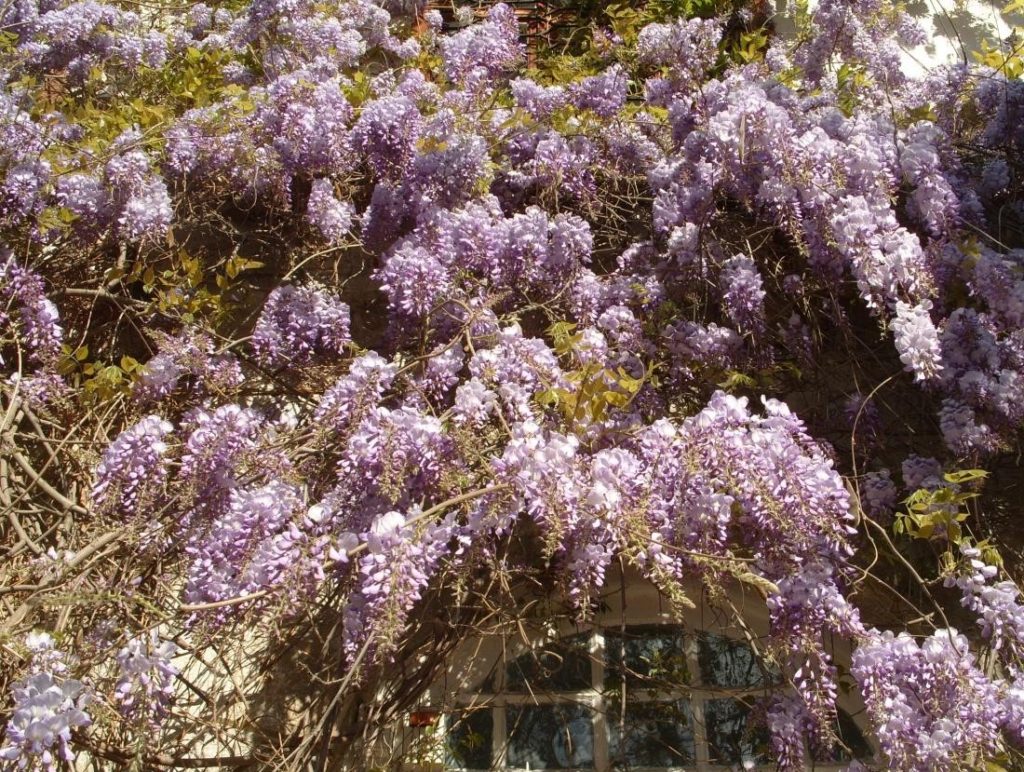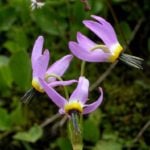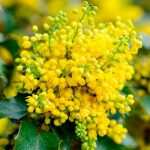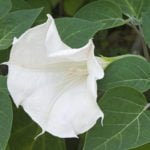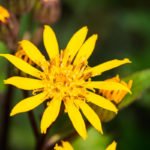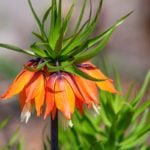Wisteria leaves an indelible impression on those who have seen it bloom at least once. Wisteria can be planted at the gazebo, in front of the house, decorate a bare wall with it. For true gardeners, there is one sad fact — it is extremely thermophilic and is able to grow at full strength only in the southern regions. There it blooms for a very long time and abundantly. In more northern regions, it needs shelter when it gets cold.
This tree-like climbing subtropical plant from the legume family blooms in spring and is able to please the eye throughout the summer. Blooms in pale lilac or white racemes about 30 cm (1 ft) long.
Landing of Wisteria
There are two ways of planting Wisteria:
- Layering in spring and summer. To select ripe cuttings of annual shoots 20-25 cm (7.9-9.8 in) long, it is necessary to root them in the soil of loam, peat, humus and sand (3:1:1:1). At the end of summer, rooted cuttings are planted.
- Seeds. Note that this method is much more complicated than the first one. Seeds can be planted in greenhouses in November-December or in the ground in spring. The soil should be loose, turf and sandy (4:1:1). The crops are covered with a glass or plastic bag to ensure high humidity. And we put it in a dark place – it’s important. Seedlings should appear only after 3-4 weeks. Then we bring the seedlings into the light, slightly shading them, and plant them when the first 2 leaves appear.
Growing Wisteria
When growing, you should provide glycine with the following factors:
- Bright sun. For abundant flowering, wisteria should be in the sun for at least half a day.
- A strong support on which wisteria will grow strongly over time.
- Moderate watering from spring to the end of summer – the soil should be slightly moist. She does not tolerate excess water.
- Light fertile soil.
- Fertilizing with liquid fertilizer once a week during budding.
- Good shelter from the cold.
- Pruning at least 2 times for more abundant flowering. The first is at the end of flowering, while shortening all lateral shoots by two-thirds. The second one is after leaf fall. Cut off all the side branches, leaving only 3-5 buds.
If your climate does not allow you to grow wisteria in the open ground – do not despair. Plant it in vases in the form of a tree trunk. In the fall, it will need to be taken into a room with a temperature of about +8…+10°C (46.4-50°F) and economical watering. In spring, young lateral shoots are cut to 2-3 good buds to form a crown. Even in summer, they are taken out into the open air and often watered.
Types of Wisteria
- Wisteria sinensis has spectacular light purple, rarely white flowers. It can grow up to 15-20 m (5.9-7.9 in), the brushes of inflorescences have a length of 30 cm (1 ft). Blooms almost all summer. Fruit forms are beans up to 15 cm (5.9 in) long . Very thermophilic. If the vine is systematically pruned, it can be grown in a standard tree form.
- Wisteria floribunda is an abundant or multicolored wisteria with violet-blue flowers. Reaches 8-10 m (26.2-32.8 ft). The brushes of this wisteria are longer than the previous one – 50 cm (1.6 ft). And it blooms later, in 2-3 weeks.

- Wisteria venusta with double white and purple flowers. It can grow up to 10 m (32.8 ft). The inflorescence is about 20 cm (7.9 in) long . Flowering lasts from May to June. The fruits are beans with a size of 20 cm (7.9 in).

- Wisteria frutescens has blue-purple flowers smaller than wisteria venusta. It reaches 12 m (39.4 ft) in height. It can be grown in a container.

- Wisteria japonica has white flowers. Less hardy and not as beautiful as other species.

If you decide to have a wisteria in your garden and you have all the conditions for this, do not forget to plant with it, for example, white tulips, dark purple hyacinth and yellow daffodils. All these flowers are perfectly combined with wisteria.
By the way, if you want to really appreciate the beauty of this plant, be sure to visit the wisteria garden, which is located in Japan, Ashikaga, Honshu Island. This is truly an unforgettable sight!!!
